Previously, South African growers were restricted to four ports in the US. But now, following the efforts of industry in collaboration with the US embassy in South Africa and the South African embassy in Washington, domestic growers have access to more ports in the US.
“Until now, we’ve only been able to enter through four ports in the US. That restricts you as to where … [you] can spread your fruit,” Justin Chadwick, the CEO of the Citrus Growers Association, tells The Africa Report.
Furthermore, transport costs and the time taken to get the produce to other states in the US sometimes made it impossible to service other states, according to Chadwick.
The citrus industry is projected to grow considerably in the next five to 10 years. The rest of Africa is the next logical frontier to seek new market opportunities.
“The fact that we can now go into any port opens up the south and the mid-west. We see ports in Georgia and ports in South Carolina probably being the most popular going forward,” explains Chadwick.
The CEO credits growers in the Western Cape and the Northern Cape, who have had access to the US, for the breakthrough. The growers in those two provinces “have been speaking with the port authorities in both Charleston, South Carolina, and Savannah Georgia.”
The latest status quo in terms of ports means South African citrus growers will have an opportunity to reach more consumers in the US. In addition, South African growers export’ to the US under the Growth and Opportunity Act duty free.
In 2020, South African growers sent a record crop into the US. But Chadwick says it would be better to compare the 2020 performance to 2018 because 2019 was “poor”.
“There still is an increase of more than 30%. It is a record crop into the US,” he said.
Currently, the biggest citrus exporter into the US is South America. “Chile is the biggest and, I think, Peru is the second biggest. They’ve got a distinct geographic advantage. Any little bit helps to make us more competitive. Therefore, the duty-free access definitely does help,” adds Chadwick.
An exporter of good repute
From a Southern Hemisphere Association of Fresh Fruit Exporters perspective, South Africa is the biggest exporter of fruit by volume.
In addition to citrus, the volumes include exports of apples and pears, deciduous fruit, table grapes and avocados. “The thing is that all of these fruit industries have been concentrating on exports for many years now.”
“If you look at exports to the European Union (EU), for example, which is the biggest importer of fruit in the world, we’ve been exporting to the EU for over 100 years,” says Chadwick.
Export focus
The fruit industry as a whole is geared for exports. It is also adept at finding new markets. Another advantage is the fact that South Africa has the infrastructure to support this growth.
“Although we complain about the infrastructure, from time to time, and we are worried about deficiency, we do have great infrastructure.”
This infrastructure enables the industry to get fruit on to vessels and into market.
“And then, over years, through trial and error, and the investment growers put into research, we’ve worked out the best way of transporting this fruit. How to maintain the cold chain, get the fruit into the market and good shelf life.”
This has helped South Africa garner credibility as a supplier of quality produce. In addition, all that work has strengthened growers’ compliance to the respective import specifications in different countries in terms of quality and phytosanitary regulations.
Brexit brings better prospects
There is a lot of uncertainty around Britain’s plans to leave the EU in January. Instead of trepidation, “there are more positives for us out of Brexit” for fruit exporters Chadwick reveals.
The UK doesn’t have a citrus industry, and South African growers see no reasons why the UK government would implement any phytosanitary regulations or tariffs that would hurt imports into the country once Britain leaves the EU.
Yes to AfCFTA, but…
South African growers are keeping a close watch on the AfCFTA agreement, which is scheduled to start trading on 1 January 2021.
The citrus industry is projected to grow considerably in the next five to 10 years. The rest of Africa is the next logical frontier to seek new market opportunities.
“We’re going to need every market. We do see a number of hurdles to overcome, one of them being transport,” he says.
Road transport, for example, is difficult into the rest of Africa. The same constraints apply to rail. Shipping to Rotterdam is as expensive as shipping to Ghana.
“There’s going to need to be some efficiencies,” says Chadwick. But he does point out that more trade could translate into a reduction in costs.
Another constraint is red tape. “At the moment, one can’t even think of trading into the rest of Africa when a vehicle has to stand for three days at the Beitbridge border post before it gets cleared,” he says. That is a problem for perishable products.
Although the year started on a challenging note, the industry has come out strong.
In the current COVID-19 environment, “citrus is seen as being packed with Vitamin C, a good remedy for colds and flu, and an immune booster.”
“In the Western world, particularly in Europe and the US, there was a massive pull for citrus. Volumes sold in those markets increased remarkably and also prices, so returns were really good from that point of view,” concludes Chadwick.










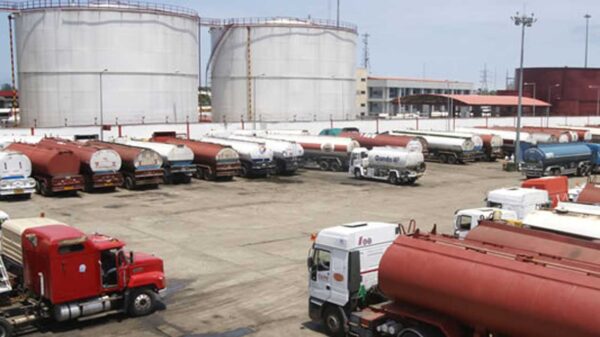



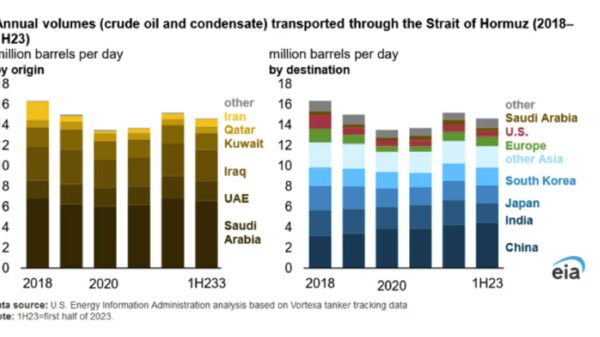

















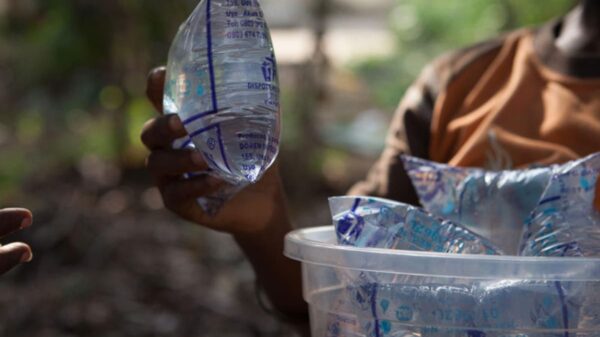
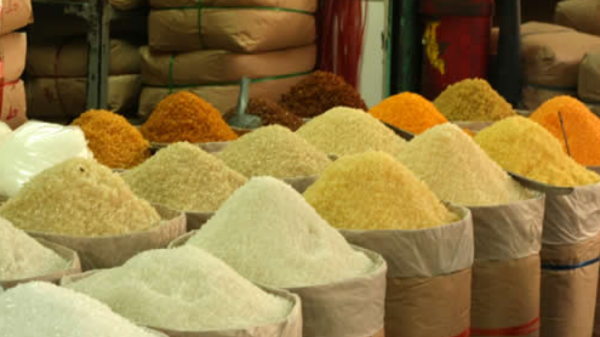










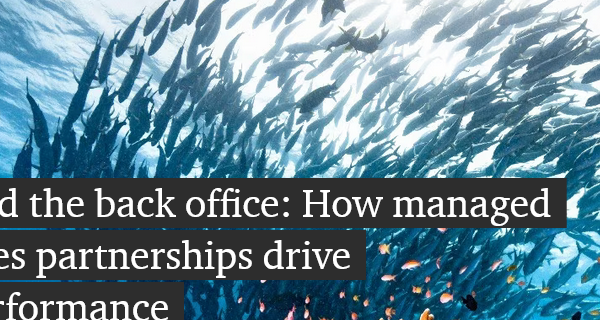




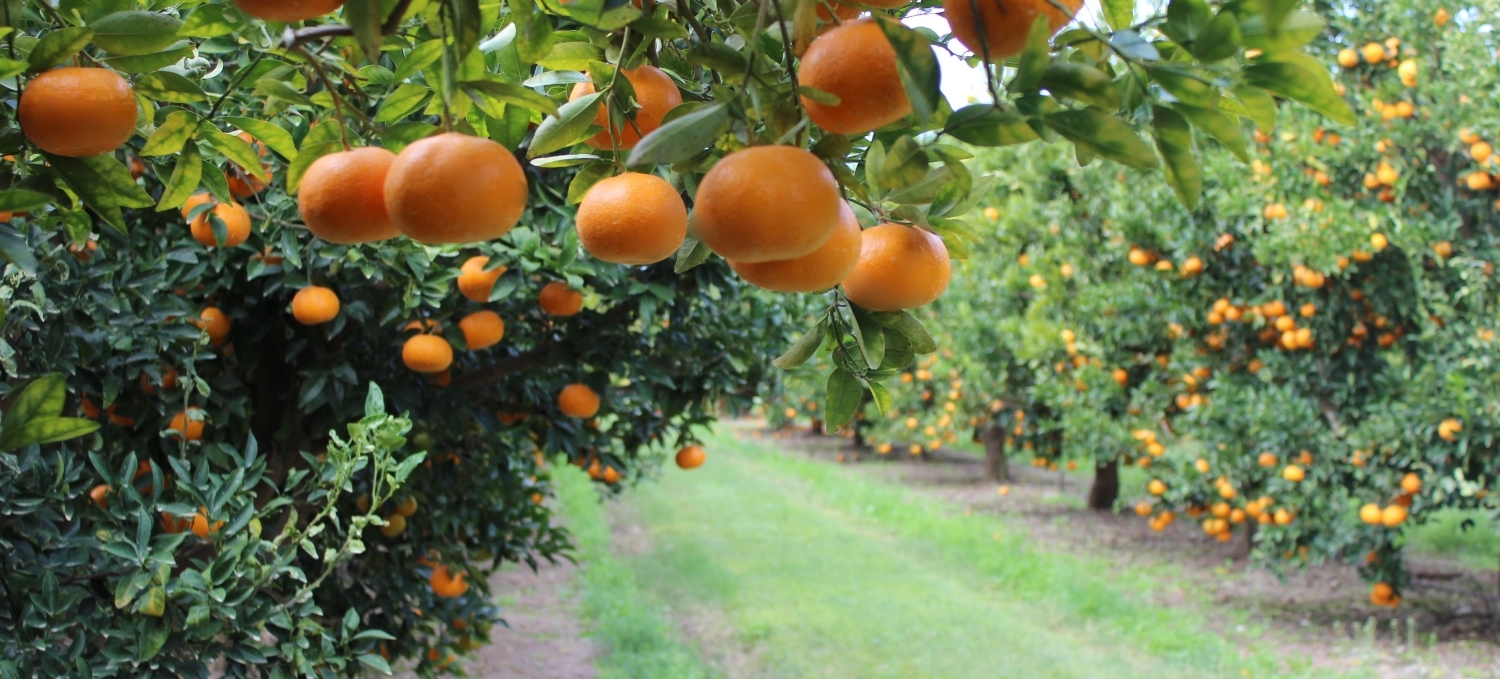
You must be logged in to post a comment Login